

| Region rejsu : Północna Europa, Europa |
| Firma : Azamara Cruises |
| Statek : Azamara Journey |
| Data rozpoczęcia : pon. 27 lip 2026 |
| Data zakończenia : sob. 08 sie 2026 |
| Liczba nocy : 12 nocy |
| Dzień | Data | Port | Wypłynięcie | Odpłynięcie |
|---|---|---|---|---|
| 1 | 27.07 pon. | Kopenhaga / Denmark | 18:00 | |
| 2 | 28.07 wt. | Gothenburg / Sweden | 08:00 | 22:00 |
| 3 | 29.07 śr. | Skagen / Denmark | 08:00 | 18:00 |
| 4 | 30.07 czw. | Osło / Norway | 08:00 | 22:00 |
| 5 | 31.07 pt. | Arendal / Norway | 09:00 | 17:00 |
| 6 | 1.08 sob. | Haugesund / Norway | 08:00 | 20:00 |
| 7 | 2.08 niedz. | Eidfjord / Norway | 08:00 | 22:00 |
| 8 | 3.08 pon. | Dzień na morzu / Morze | ||
| 9 | 4.08 wt. | Torshavn / Faroe Islands | 08:00 | 22:00 |
| 10 | 5.08 śr. | Runavík Рунавик / Faroe Islands | 08:00 | 20:00 |
| 11 | 6.08 czw. | Dzień na morzu / Morze | ||
| 12 | 7.08 pt. | Heymaey / Islandia | 08:00 | 18:00 |
| 13 | 8.08 sob. | Reykjavik / Islandia | 06:00 |
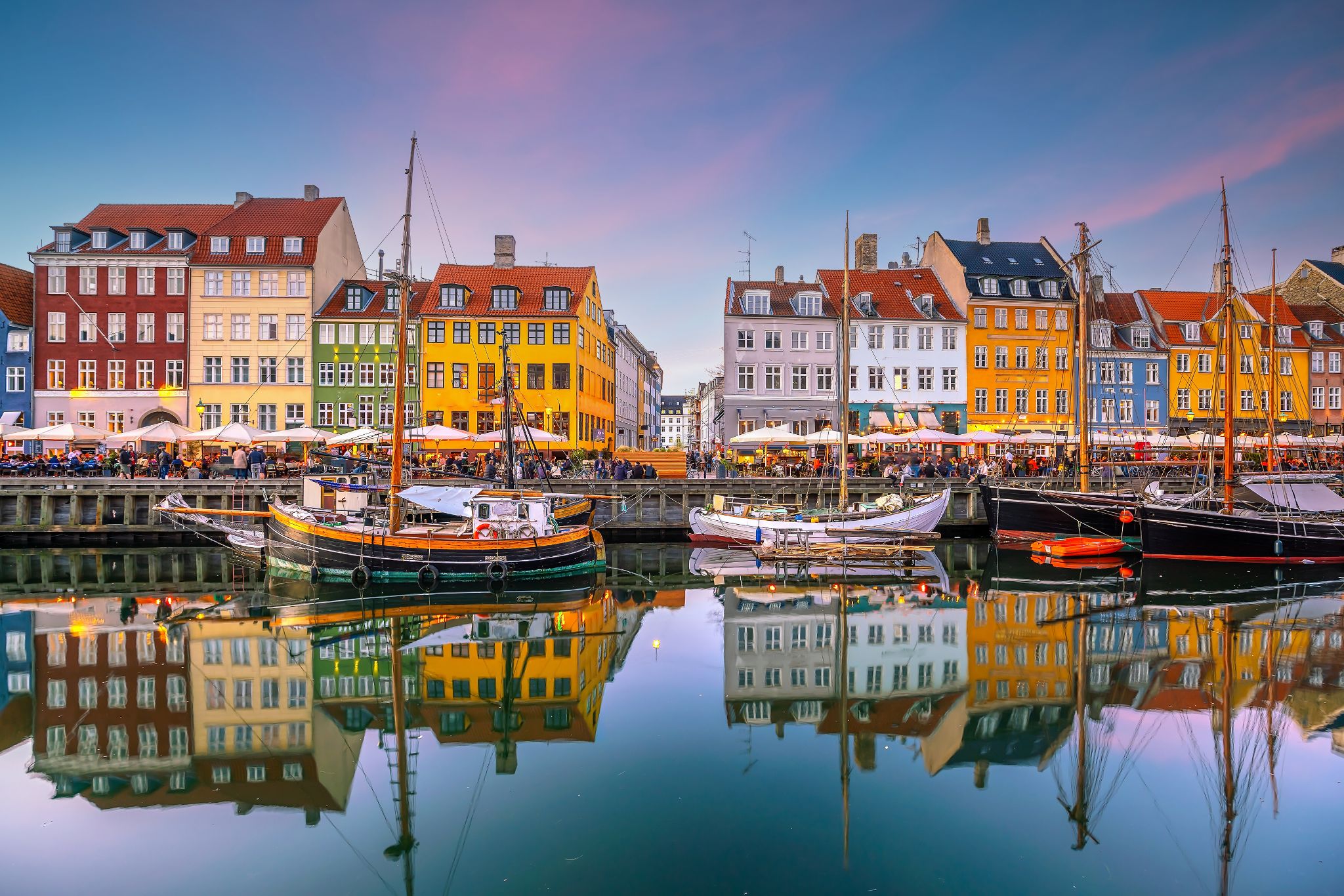
the capital and chief port of Denmark, a city that occupies the eastern part of Zealand and northern part of the island of Amager; population 518,574 (2009).
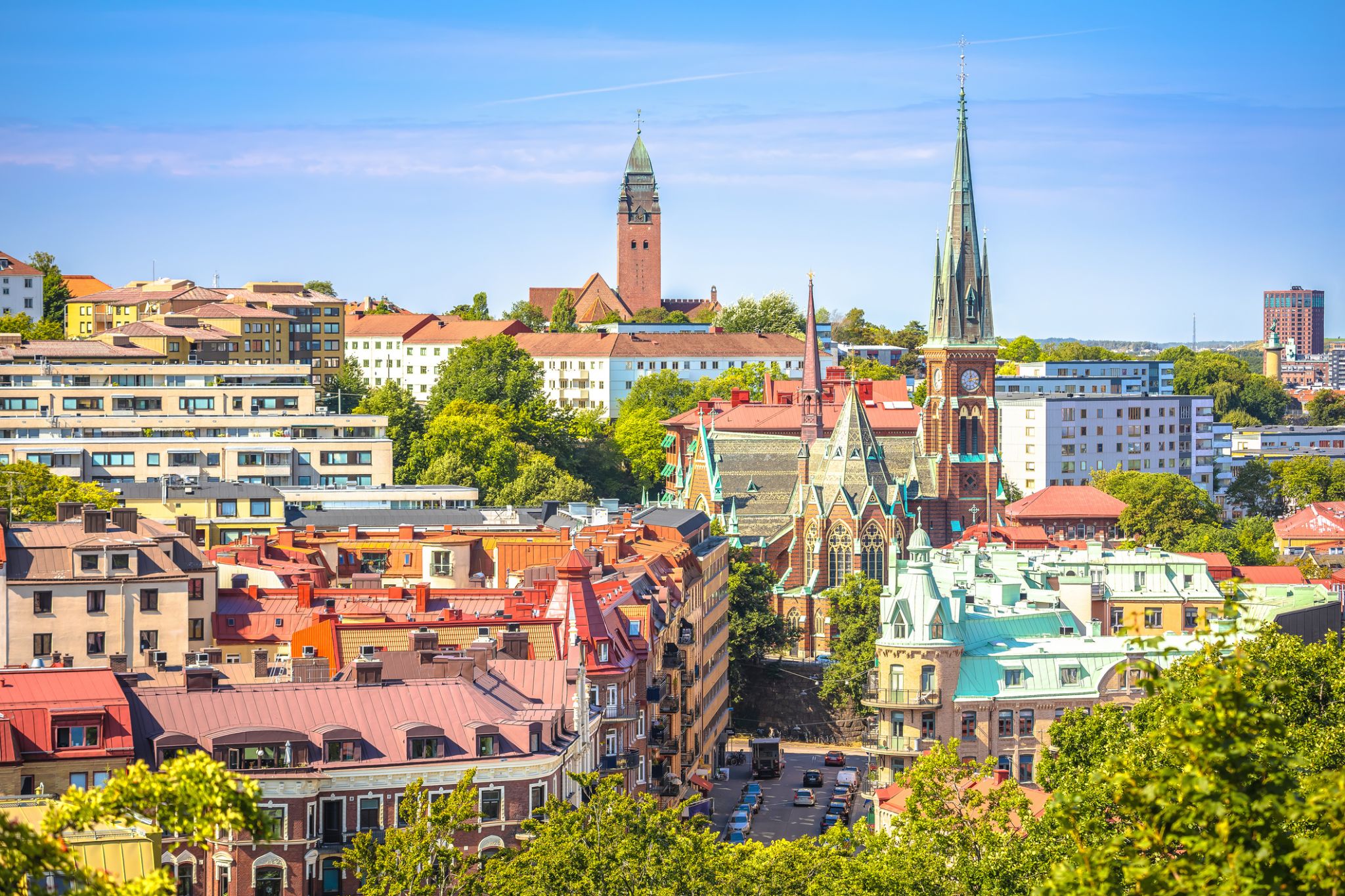
Gothenburg is the second-largest city in Sweden, fifth-largest in the Nordic countries, and capital of the Västra Götaland County. It is situated by Kattegat, on the west coast of Sweden, and has a population of approximately 570,000 in the city center and about 1 million inhabitants in the metropolitan area.
Gothenburg was founded as a heavily fortified, primarily Dutch, trading colony, by royal charter in 1621 by King Gustavus Adolphus. In addition to the generous privileges (e.g. tax relaxation) given to his Dutch allies from the then-ongoing Thirty Years' War, the king also attracted significant numbers of his German and Scottish allies to populate his only town on the western coast. At a key strategic location at the mouth of the Göta älv, where Scandinavia's largest drainage basin enters the sea, the Port of Gothenburg is now the largest port in the Nordic countries.
Gothenburg is home to many students, as the city includes the University of Gothenburg and Chalmers University of Technology. Volvo was founded in Gothenburg in 1927. The original parent Volvo Group and the now separate Volvo Car Corporation are still headquartered on the island of Hisingen in the city. Other key companies are SKF and Astra Zeneca.
The city hosts the Gothia Cup, the world's largest youth football tournament, alongside some of the largest annual events in Scandinavia. The Gothenburg Film Festival, held in January since 1979, is the leading Scandinavian film festival with over 155,000 visitors each year. In summer, a wide variety of music festivals are held in the city, including the popular Way Out West Festival.
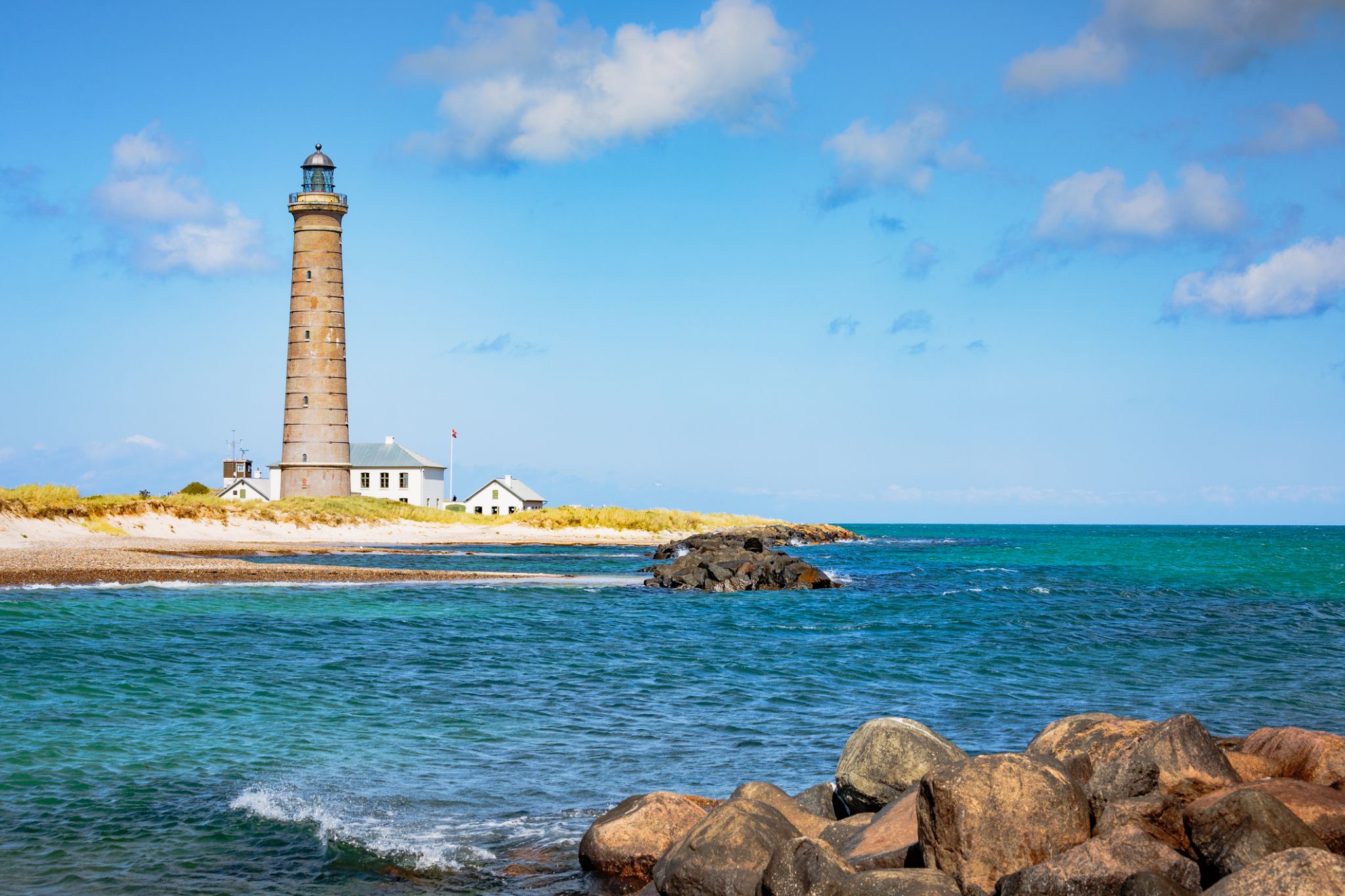
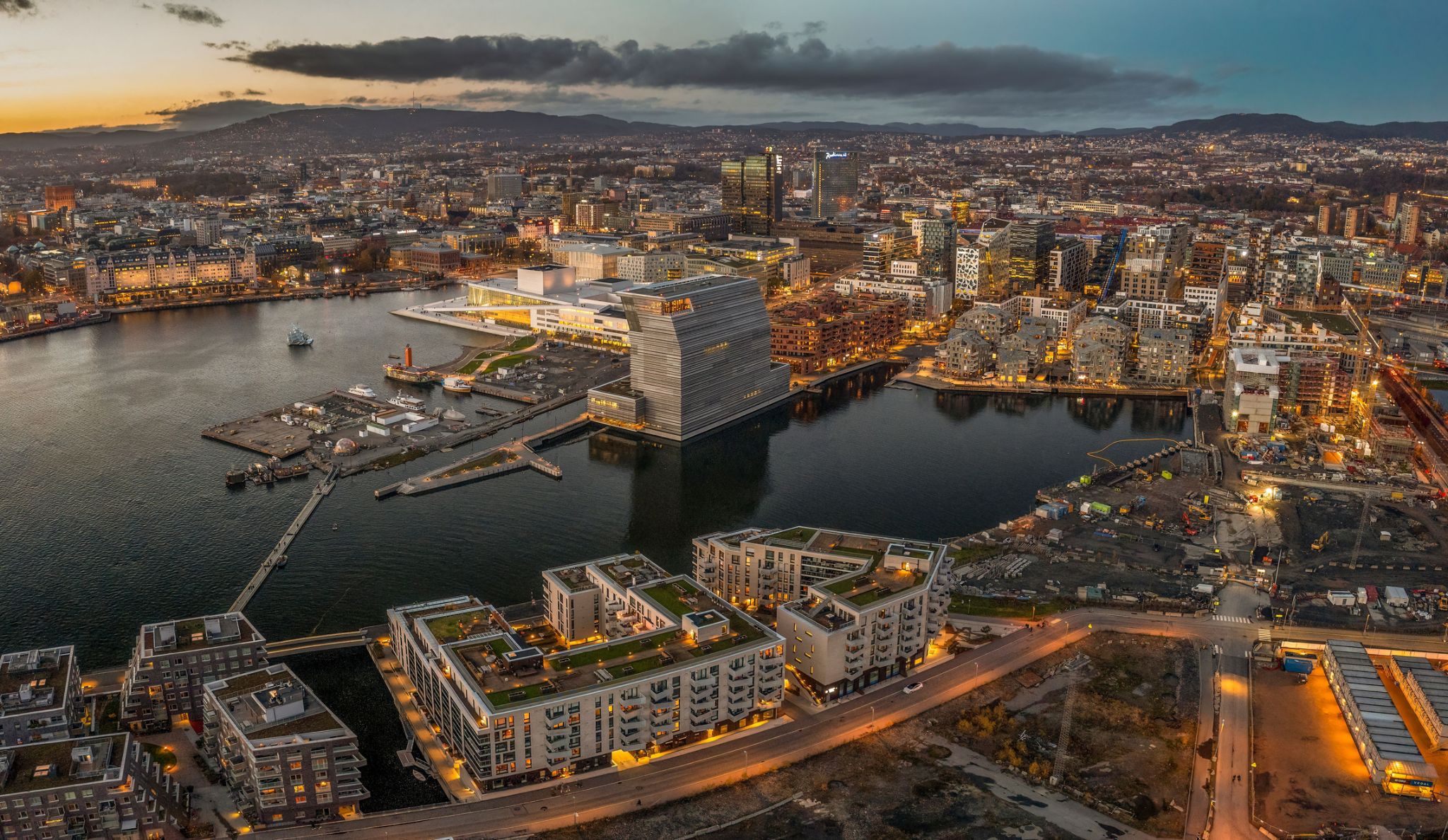
Oslo is the capital and most populous city of Norway. It constitutes both a county and a municipality. Founded in the year 1040 as Ánslo, and established as a trading place in 1048 by Harald Hardrada, the city was elevated to a bishopric in 1070 and a capital under Haakon V of Norway around 1300. Personal unions with Denmark from 1397 to 1523 and again from 1536 to 1814 reduced its influence, and with Sweden from 1814 to 1905 it functioned as a co-official capital. After being destroyed by a fire in 1624, during the reign of King Christian IV, a new city was built closer to Akershus Fortress and named Christiania in the king's honour. It was established as a municipality on 1 January 1838. The city's name was spelled Kristiania between 1877 and 1897 by state and municipal authorities. In 1925 the city was renamed Oslo.
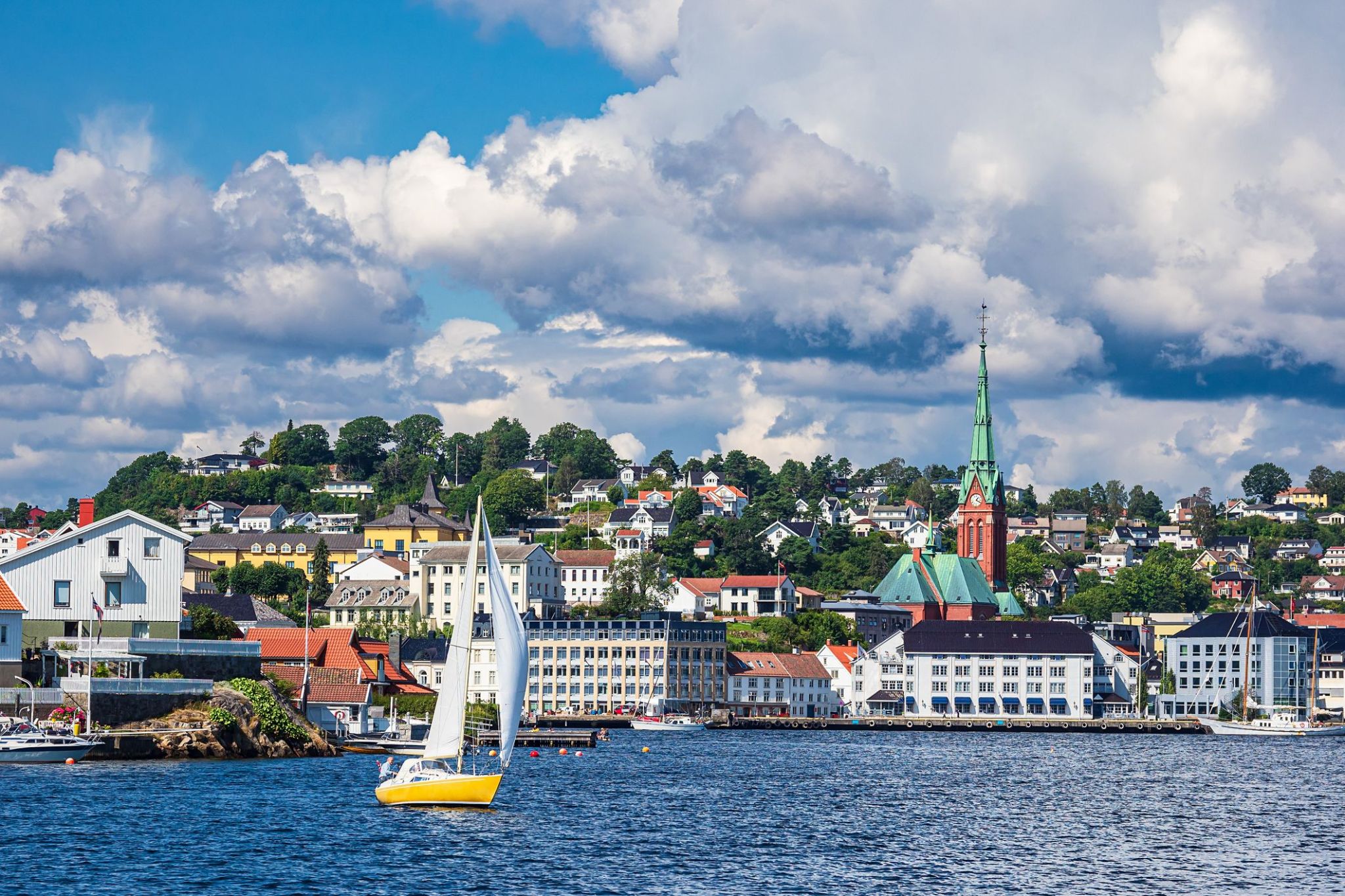
Położone na południowym wybrzeżu Norwegii, Arendal zachwyca przytulną nadmorską atmosferą i historycznym skandynawskim urokiem. To malownicze miasto portowe, słynące z kolorowych drewnianych domów i wąskich uliczek, jest idealne na spokojne spacery i poznanie norweskiego stylu życia. Dzielnica Trefoldigheten, jedna z najstarszych części mieszkalnych, zachowała domy z XVIII wieku.
Arendal przyciąga turystów swoimi morskimi festiwalami, muzeami oraz możliwością zwiedzania pobliskiego archipelagu łodzią. Latem miasto ożywa — jachty, kawiarnie na świeżym powietrzu i wystawy na wolnym powietrzu tworzą ciepłą i gościnną atmosferę. To miejsce, gdzie natura, historia i nowoczesność harmonijnie się łączą, oferując turystom prawdziwe kulturalne doświadczenie.
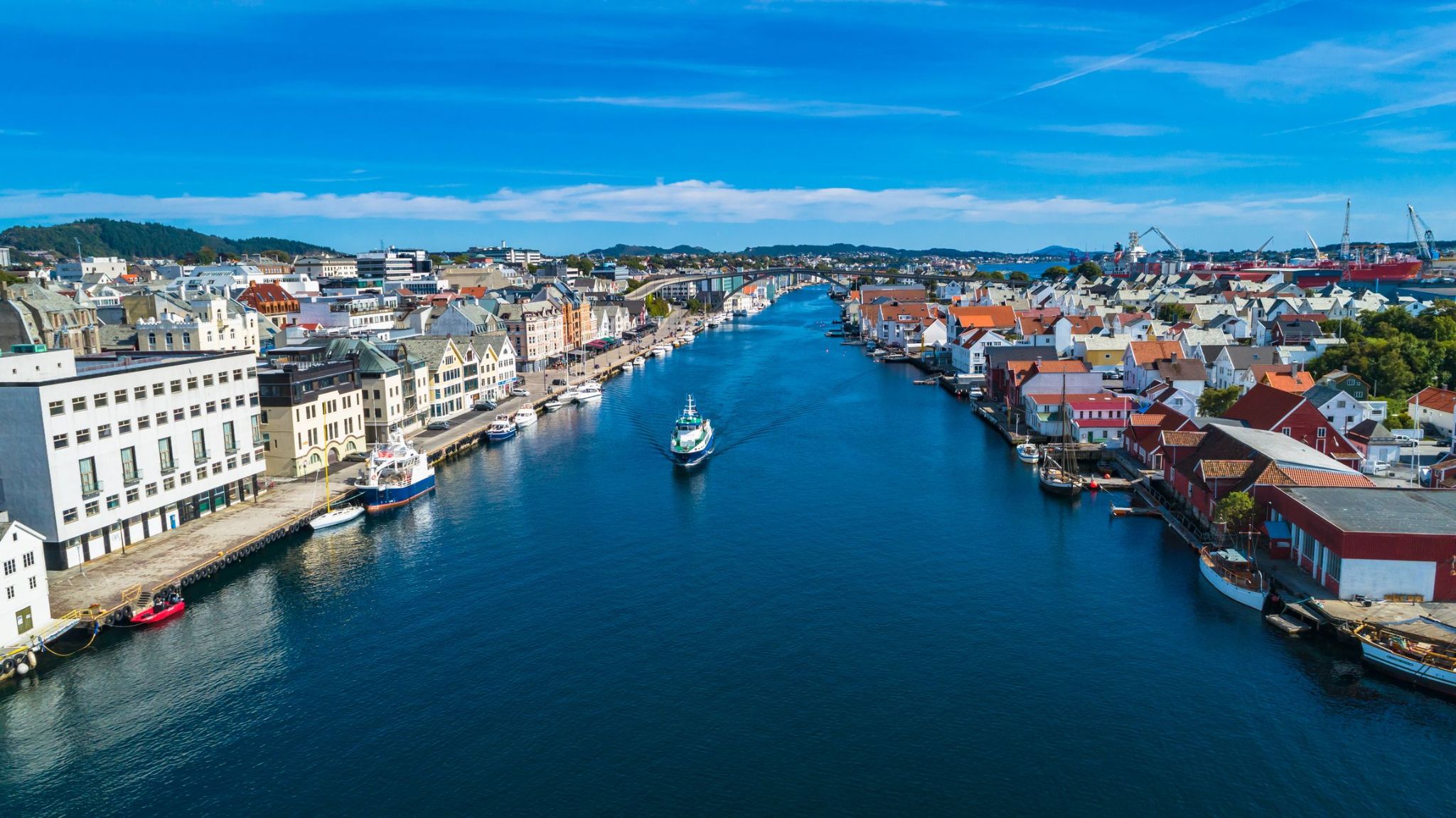
Przytulne miasto Haugesund na południowo-zachodnim wybrzeżu Norwegii wita gości świeżym morskim powietrzem i prawdziwą atmosferą norweskiego wybrzeża. Tutaj ożywają historie wikingów: to właśnie w okolicach Haugesund przebiegały kiedyś ważne szlaki handlowe, a w pobliżu znajduje się pomnik Haraldshaugen, wzniesiony na cześć pierwszego króla Norwegii. Ulice miasta wypełniają przytulne kawiarnie, butiki i galerie, a przystań z białymi łodziami i domkami rybaków zaprasza na spokojne spacery brzegiem morza.
Każdego roku w Haugesund odbywają się festiwale filmowe, morskie święta i wydarzenia muzyczne, które nadają miastu ciepłą i żywą atmosferę. To idealne miejsce, aby poznać norweskie tradycje, spróbować świeżych owoców morza prosto z rybackich łodzi i wybrać się na spacer wzdłuż wybrzeża Morza Północnego, podziwiając widoki zielonych wzgórz i klifów wpadających do oceanu.
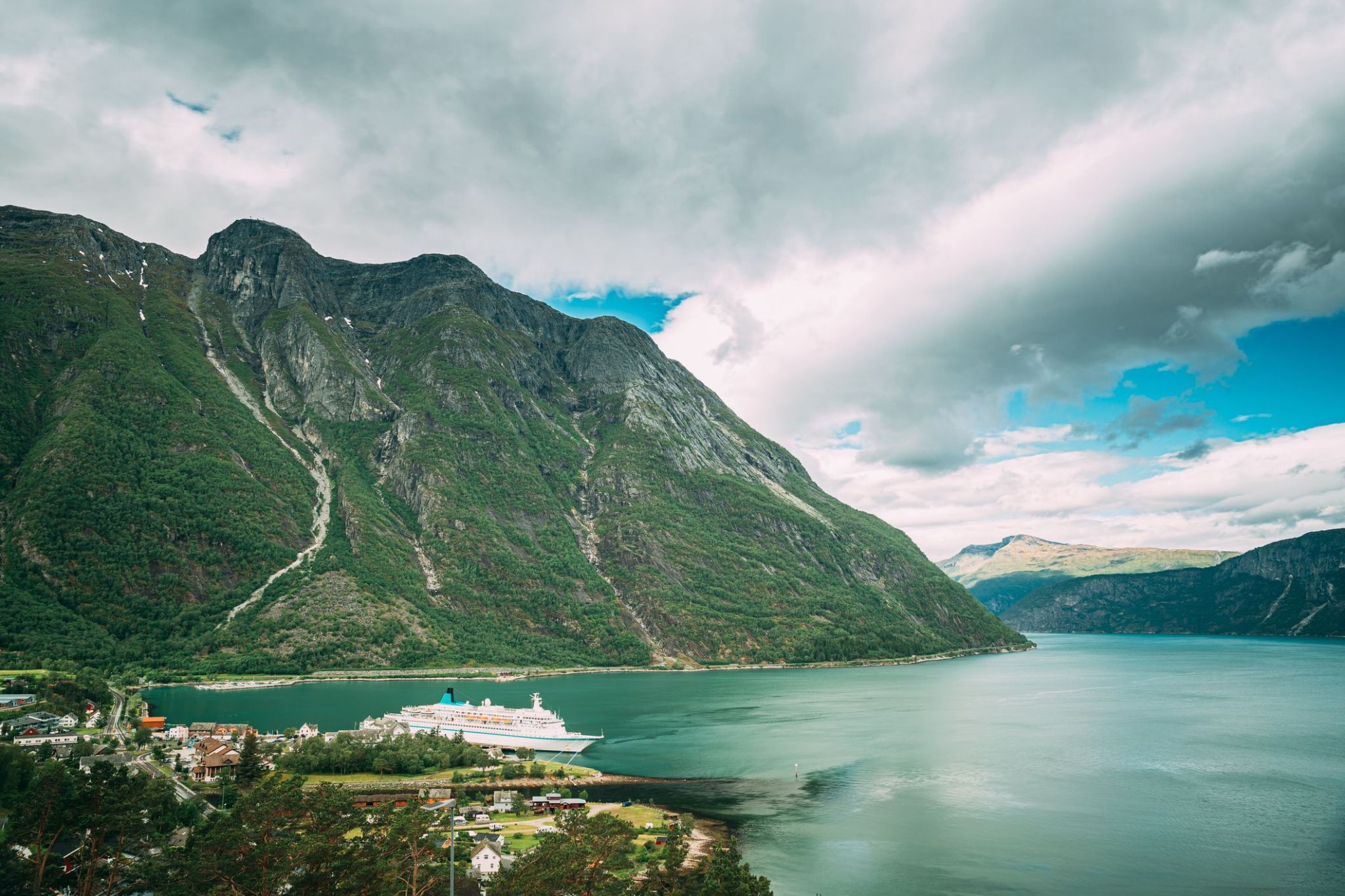
Usytuowany tam, gdzie majestatyczne fiordy spotykają się z wysokimi górami, ten spokojny zakątek oferuje odwiedzającym doskonałe połączenie naturalnego piękna i kulturalnego uroku. Eidfjord jest znany jako brama do Hardangerfjord, jednego z najpiękniejszych fiordów Norwegii, słynącego z krystalicznie czystej wody, malowniczych wodospadów i żywych lokalnych tradycji.
Miłośnicy przygód i natury znajdą w Eidfjord wiele atrakcji do odkrycia — od szlaków pieszych prowadzących do zapierających dech w piersiach punktów widokowych, po rejsy łodzią ukazujące dramatyczne klify fiordu. W pobliżu znajduje się wodospad Vøringfossen, jeden z najwyższych w Norwegii, który robi spektakularne wrażenie, a sama miejscowość oferuje przytulne noclegi i ciepłą gościnność, zapraszając gości do relaksu i delektowania się spokojną atmosferą.

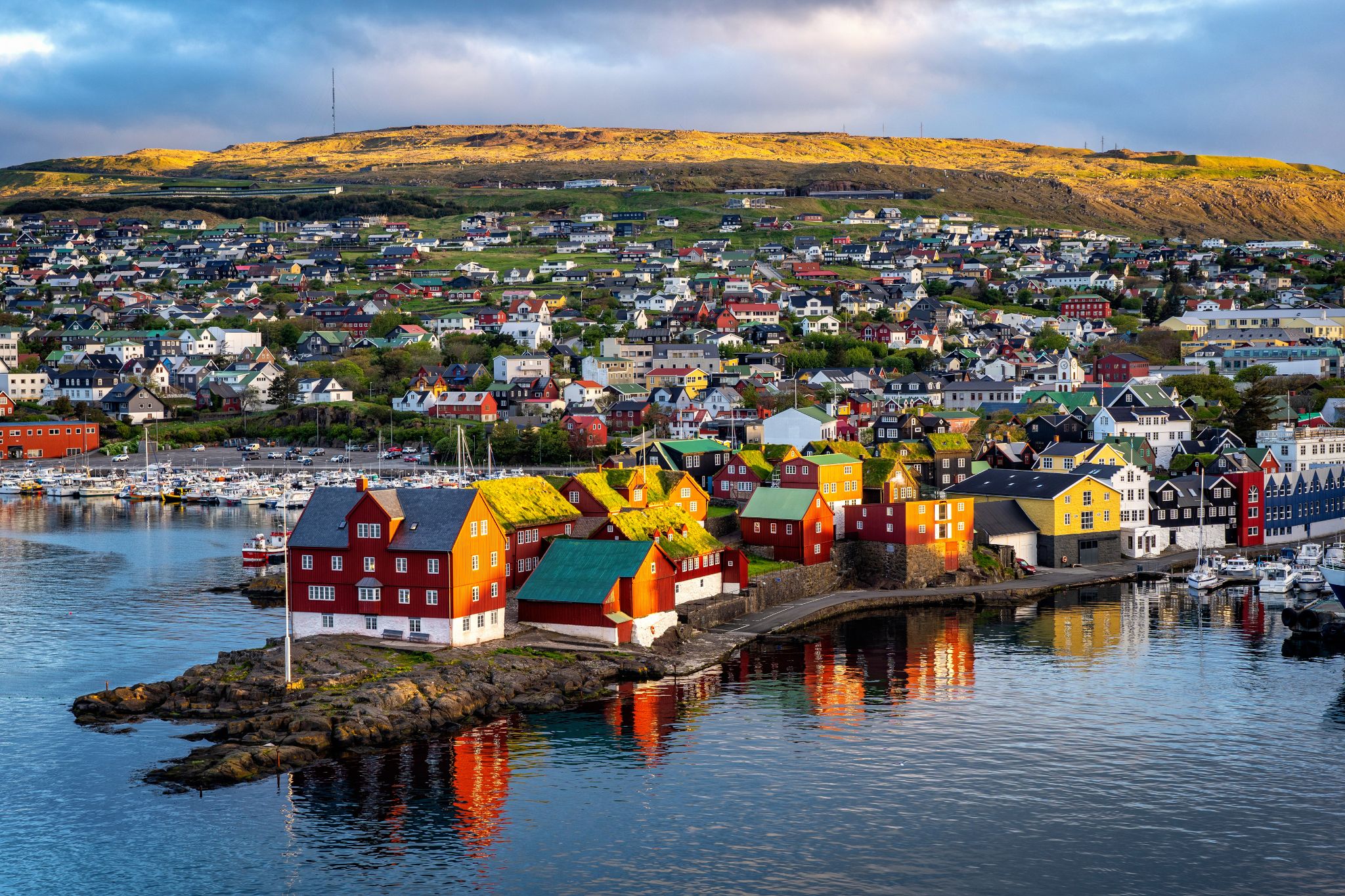
Tórshavn is the capital and largest town of the Faroe Islands. Tórshavn is in the southern part on the east coast of Streymoy. To the northwest of the city lies the 347-meter-high (1,138 ft) mountain Húsareyn, and to the southwest, the 350-meter-high (1,150 ft) Kirkjubøreyn. They are separated by the Sandá River. The town proper has a population of 13,089 (2017), and the greater urban area a population of 21,000.
The Norse established their parliament on the Tinganes peninsula in AD 850.[3] Tórshavn thus became the capital of the Faroe Islands and has remained so ever since. All through the Middle Ages the narrow peninsula jutting out into the sea made up the main part of Tórshavn. Early on, Tórshavn became the centre of the islands' trade monopoly, thereby being the only legal place for the islanders to sell and buy goods. In 1856, the trade monopoly was abolished and the islands were left open to free trade.



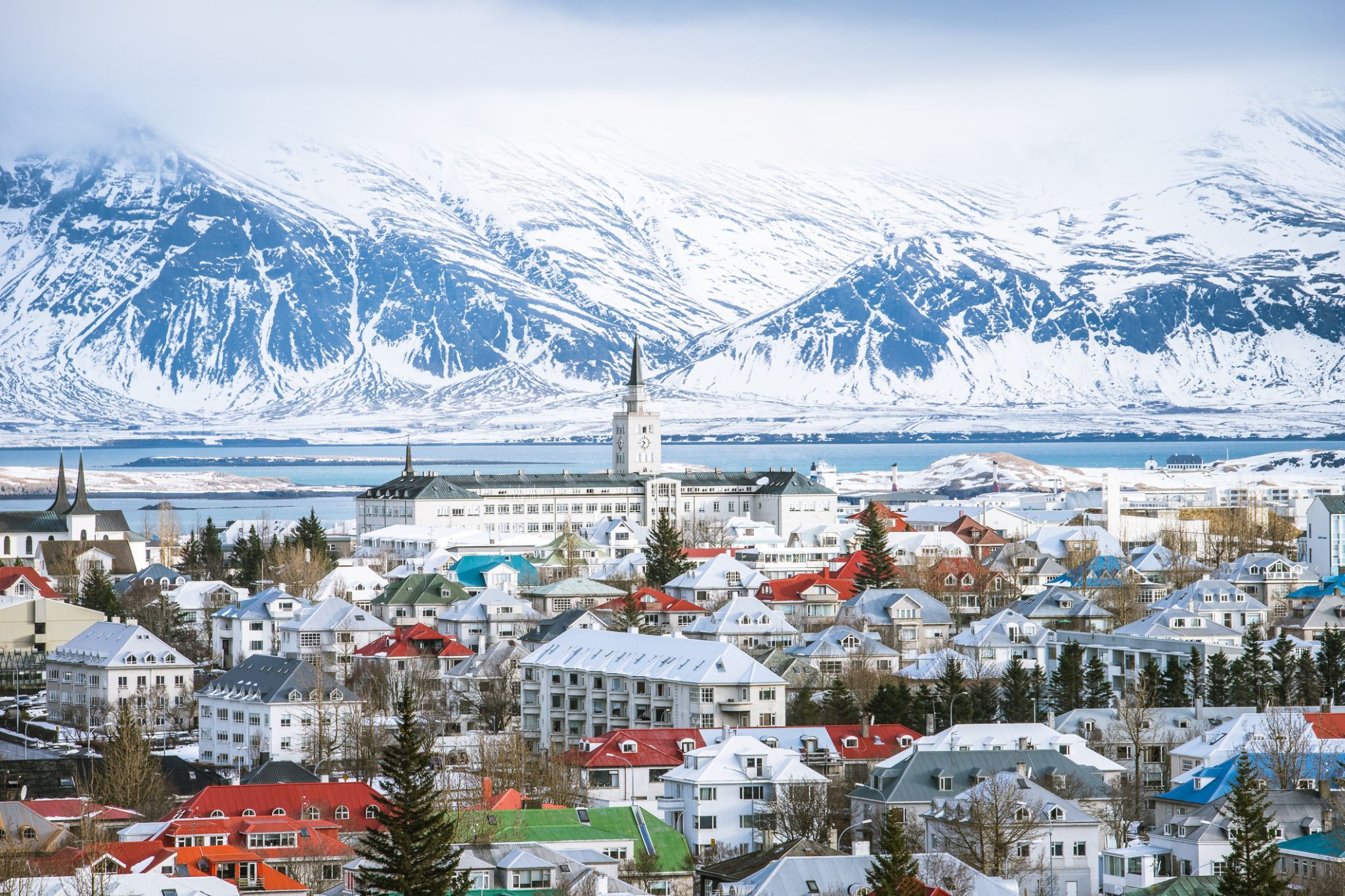
Reykjavík is the capital and largest city of Iceland. It is located in southwestern Iceland, on the southern shore of Faxa Bay. Its latitude is 64°08' N, making it the world's northernmost capital of a sovereign state. With a population of around 123,300 (and over 216,940 in the Capital Region), it is the heart of Iceland's cultural, economic and governmental activity, and is a popular tourist destination.
Reykjavík is believed to be the location of the first permanent settlement in Iceland, which, according to Ingólfr Arnarson, was established in AD 874. Until the 19th century, there was no urban development in the city location. The city was founded in 1786 as an official trading town and grew steadily over the following decades, as it transformed into a regional and later national centre of commerce, population, and governmental activities. It is among the cleanest, greenest, and safest cities in the world.